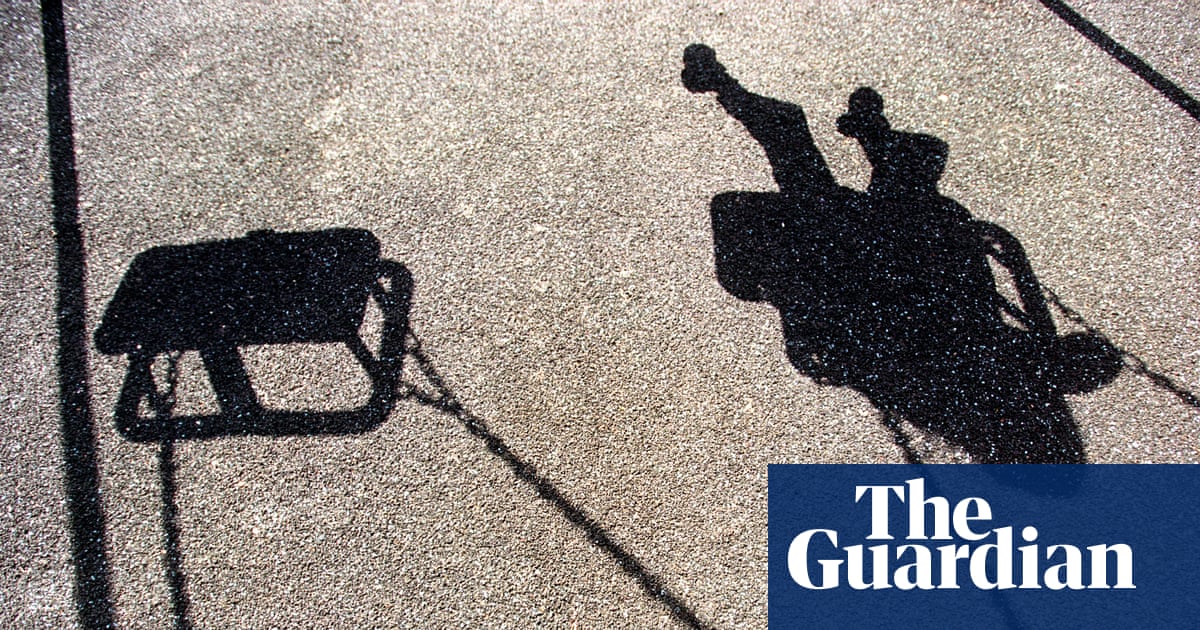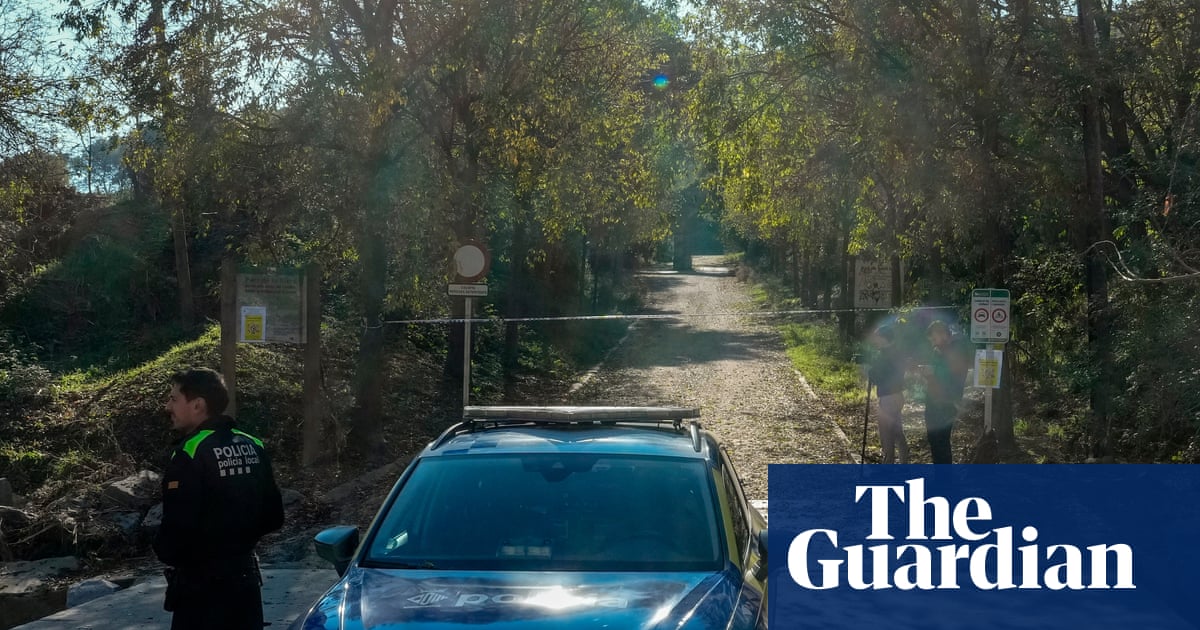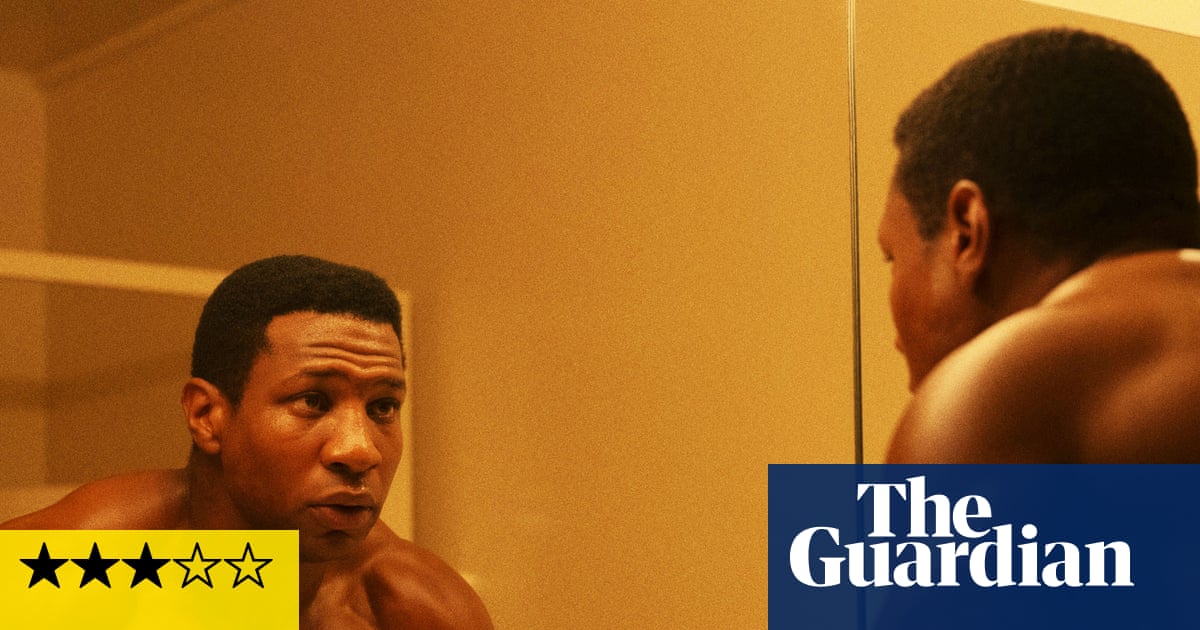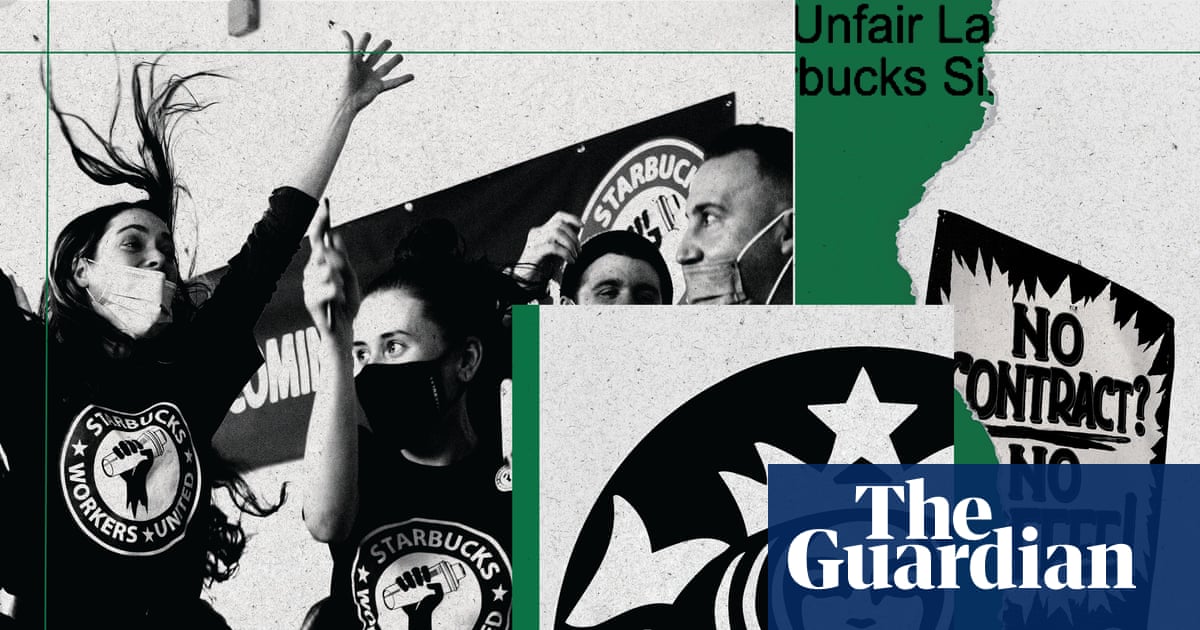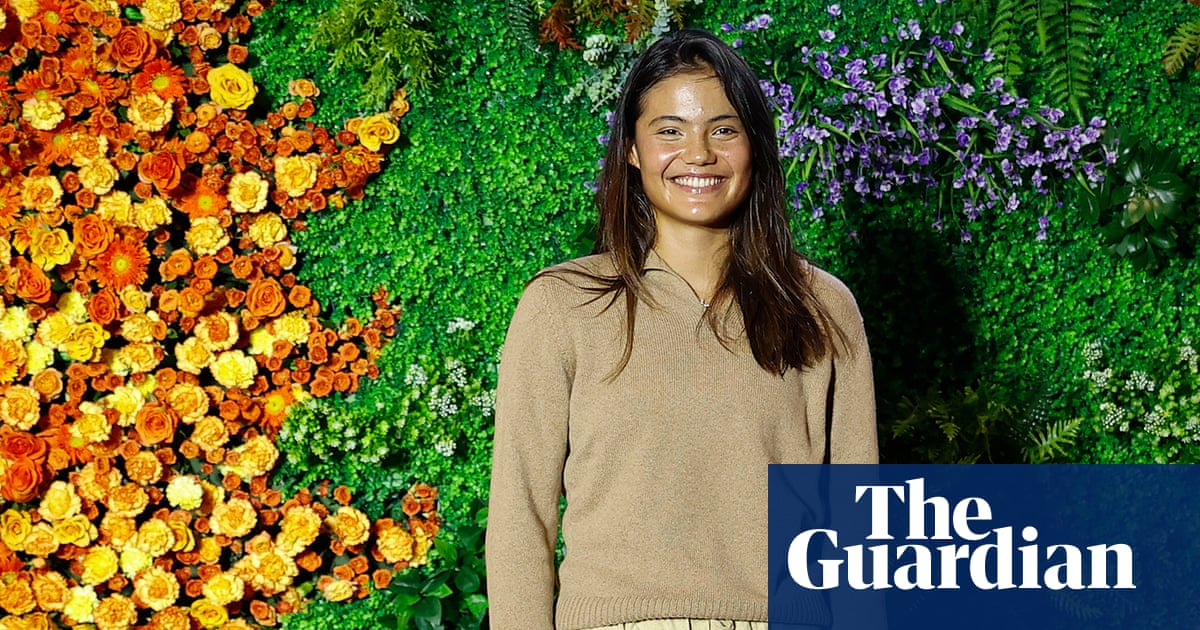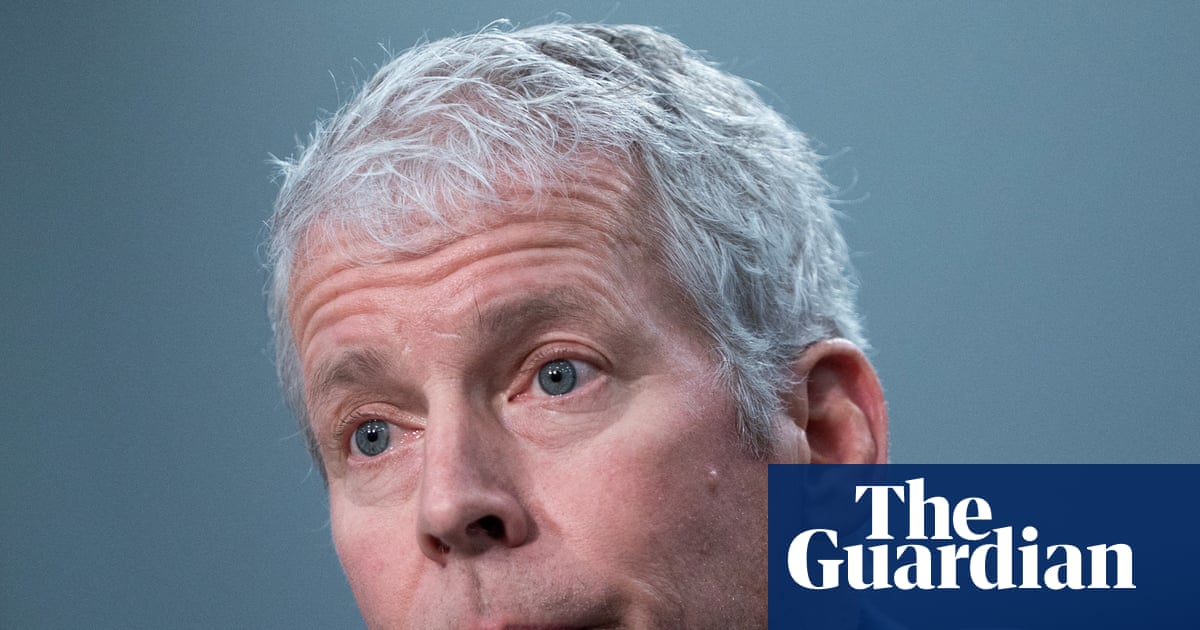Dame Julie Andrews, so crisply accented, sweetly tuneful and girlish in her most famous movie musicals, has always had a sense of humour about her angelic image. She won the 1965 Oscar for playing a “practically perfect” English nanny for Walt Disney, but that didn’t stop her from driving around Los Angeles with a “Mary Poppins Was a Junkie” bumper sticker on her car. Or telling journalists that “I hate the word wholesome”, and her Hollywood nickname was “the nun with the switchblade”. Andrews turns 90 today, one of the most beloved of Hollywood stars, with one of cinema’s most astonishing voices. She can look back on a fascinating film career that includes such sweet spoonfuls of sugar as Mary Poppins (1964) and The Sound of Music (1965) to The Princess Diaries (2001), but just as many films that are explicit, dark, or just plain surprising.
Andrews grew up in the blitz. She was born in Surrey in 1935, but moved to London. As a little girl she warbled to her neighbours during air raids, but it was when her stepfather gave her singing lessons that the full extent of her talent was discovered. At the age of eight, Andrews had an adult larynx, and a clear soprano voice with a four-octave range. She later joked that “dogs would come from miles around”, but she was a phenomenon, with a voice of impeccable musicality and clarity. Andrews started out in music hall, and did the Royal Variety Performance when she was only 13, before getting regular work at the BBC. Broadway called while she was still a teenager, first in The Boy Friend, then she was the original Eliza Doolittle in Lerner and Loewe’s musical take on Pygmalion, My Fair Lady. She was a showstopper, and an even bigger hit once she toned down the cockney for American ears. Andrews would always be known for her immaculate diction as much as her euphony, the kind of singer who enjoyed the lyrics as much as the melody – which showed in her delivery.
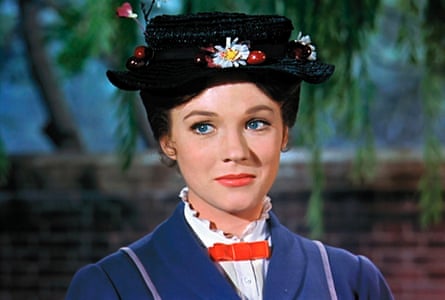
The tale is well worn that Jack Warner rejected Andrews for the movie version of My Fair Lady in favour of a bigger star, Audrey Hepburn, who had to be dubbed for the songs. It’s forever to Andrews’ credit that she was cheeky enough to thank him on stage at the Golden Globes for freeing her up to do Mary Poppins. World domination fell neatly into place after Andrews embodied Maria, the sweetly rebellious nun in megahit musical The Sound of Music. But in between, Andrews tried to shake off typecasting before it began, by starring in D-day comedy-drama The Americanization of Emily (1964). No songs, lots of love scenes – and she slaps James Garner round the face. A precedent was set. Andrews was as keen on edgy material as much as the next 1960s film star – albeit one with cut-glass vocals and perfect pitch.
After working with Hitchcock on Torn Curtain (1966) and a couple of musical flops, Andrews spent most of the 1970s working in TV. But she continued to expand her range with her second husband, director Blake Edwards: The Tamarind Seed (1974) is a romantic spy thriller and 10 (1979), a sex comedy that has her married to a lascivious Dudley Moore. The pair of films they made at the outset of the 1980s really proved Andrews was willing to push the boundaries of her persona. She was brave to play a squeaky-clean film star sexing up her image in S.O.B. (1981), but she’s really, really good, making the most of her androgynous looks, in Victor/Victoria (1982), a queer musical farce about a singer who masquerades as a man, a remake of a German film from the 1930s. Andrews, it turned out, was game for on-screen nudity, and looked exceptionally hot in drag. Plus, she could still make a hit: Victor/Victoria was a runaway success and remains a cult favourite.
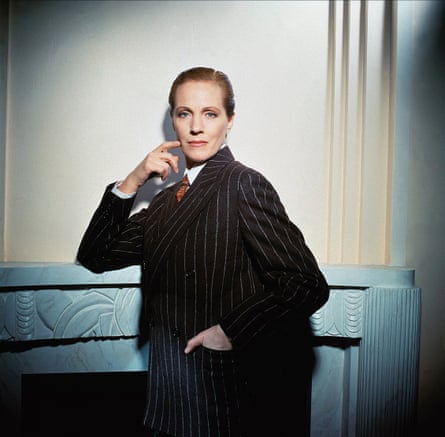
There was a shock ahead of her, prefigured by two of her dramatic films from the 1980s. In That’s Life! (1986) she plays a singer waiting to find out whether she has throat cancer. In the terrific Duet for One (1986) she is a concert violinist with a philandering husband who is thrown into a breakdown by her career-ending MS diagnosis – and distracts herself by hopping into bed with Liam Neeson’s rag-and-bone man. As she baldly tells her psychologist Max von Sydow, “I’m fucking a totter!” In real life, in 1997, botched surgery on her vocal cords more or less ended Andrews’ singing voice, and she would never sing on screen again.
The indefatigable Andrews, made a Dame in 2000, made another fresh start in her 60s. Playing the sassy regal grandmother in The Princess Diaries was both a valid comeback vehicle and the perfect comic outlet for her refined pronunciation. She followed this up with more PG voiceover work in the Shrek and Despicable Me films.
A generation of 60s kids grew up with Mary and Maria, and hung around to embrace the risque kicks of the Edwards years. Yet again Andrews has carried a new cohort of gen Z fans with her, as she now slyly narrates Netflix’s raunchy regency drama Bridgerton – every consonant of Lady Whistledown’s wicked whispers impeccably articulated. The most formidable voice in the movies, still as sweet, but also as sharp, as ever.

 2 months ago
53
2 months ago
53



